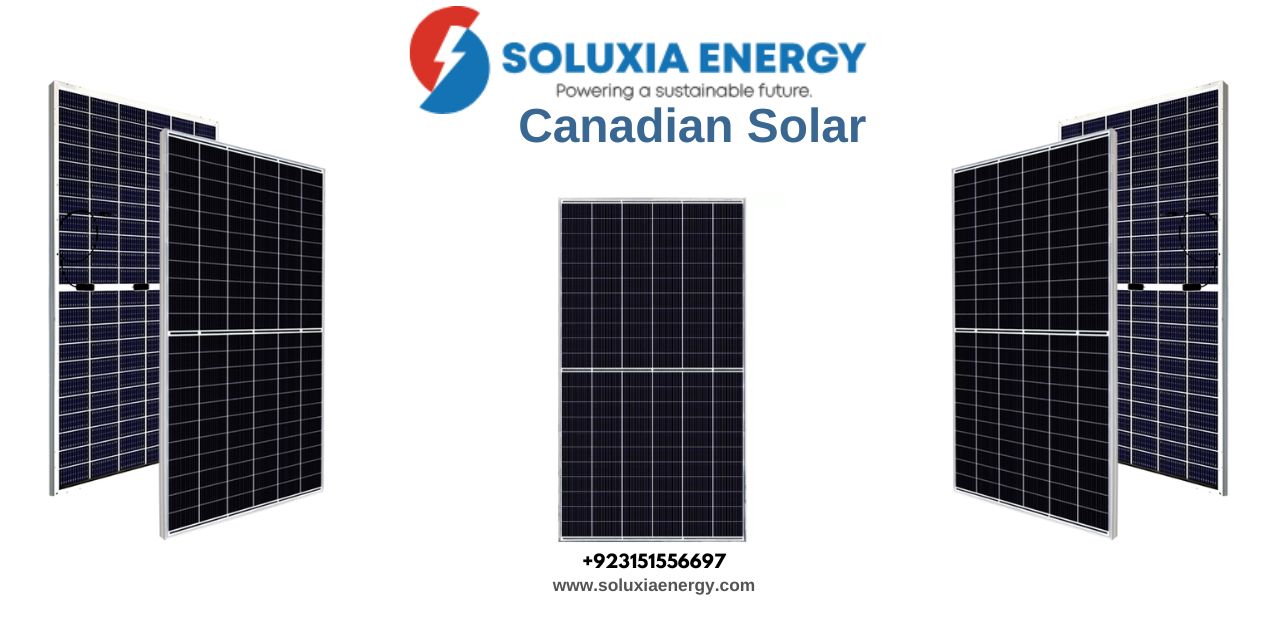Hormonal acne is more than just a teenage phase—it often lingers well into adulthood, affecting self-esteem and leaving behind a lasting impression in the form of scars. In recent years, Acne Scar Treatment in Dubai has gained global attention due to its innovation and advancement in dermatological technologies. The city’s dermatologists and specialists have explored various techniques to address even the most stubborn hormonal acne scars, offering new hope to those affected.
Understanding Hormonal Acne Scars
Hormonal acne typically occurs when there’s an imbalance in the body’s hormones, commonly androgens, which leads to excessive oil production. This overproduction of sebum clogs pores and fosters an environment where acne-causing bacteria thrive. Hormonal acne usually appears on the lower face, jawline, and sometimes the neck and shoulders.
Hypertrophic and Keloid Scars
Unlike atrophic scars, these are raised scars resulting from excessive collagen production during healing. They are more common on the back and chest.
Post-Inflammatory Hyperpigmentation (PIH)
Though not technically scars, these dark marks left after acne can last months or even years if untreated. They’re more common in individuals with darker skin tones.
Can Acne Scar Treatments Address Hormonal Acne Scars?
Yes, but with a few caveats. Not all acne scar treatments are equally effective for hormonal acne scars. Since these scars are often deeper and more stubborn, superficial treatments like over-the-counter creams or light peels might not yield significant results.
Here are some treatment options that have shown promise:
Microneedling
Also known as collagen induction therapy, microneedling involves using fine needles to puncture the skin and trigger collagen production. It’s particularly effective for atrophic scars such as rolling and boxcar types. While not immediate, results improve over several sessions.
Laser Treatments
Fractional lasers, CO2 lasers, and erbium lasers can target the deeper layers of skin, making them ideal for deep hormonal acne scars. These lasers help resurface the skin and stimulate new tissue growth.
Chemical Peels
Medium to deep chemical peels using agents like TCA (Trichloroacetic Acid) can significantly reduce discoloration and shallow scars. However, they are less effective for deep cystic scars and may require combination treatments.
Dermal Fillers
For certain types of atrophic scars, particularly boxcar and rolling, dermal fillers can temporarily raise the skin to reduce their appearance. This method provides immediate but temporary results.
Things to Consider Before Starting Treatment
Before diving into any scar treatment, especially for hormonal acne, it’s important to consider a few critical factors:
Ongoing Acne Management
If your hormonal acne is still active, treating scars can be counterproductive. New breakouts can create new scars, negating the progress made. First, work with a healthcare provider to manage the acne itself, whether through lifestyle changes, topical treatments, or hormone therapy.
Skin Type and Tone
Some treatments, especially lasers and peels, carry a higher risk of pigmentation issues for individuals with darker skin. Always consult a dermatologist who has experience treating diverse skin tones.
Final Thoughts
Hormonal acne scars can be stubborn, deep, and emotionally taxing—but they’re not impossible to treat. The key is understanding the nature of these scars and choosing the right treatment approach. While results may not be instant, many people experience significant improvements in their skin’s texture and tone with the right combination of methods.




